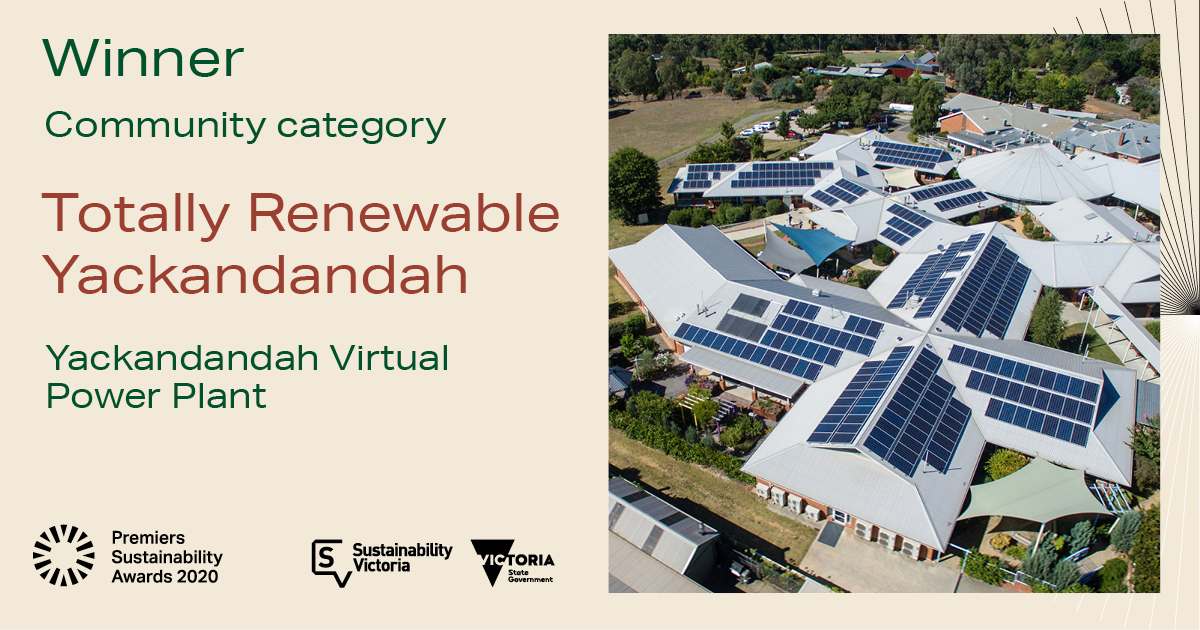In 2013, Paul Hawken set the Project Drawdown team a giant question:
Is it feasible – starting today – to get to a point where we draw greenhouse gases OUT of the atmosphere?
In 2017, they published the results of 4 years analysis and modelling on existing, commercial, beneficial solutions – and the answer was “yes”. In fact, it was a whole lot more than just “yes”. It was:
“Yes
AND
we can do it using existing, commercial technology
AND
we can save trillions in costs avoided as well.”
At the start of March 2020, Project Drawdown published a review and update of the original report. (A lot has happened since then, but we still need to action global warming, even from our home offices.)
You can of course just read it and hope someone “out there”- some government or corporation – will act on it.
OR
You can read it as an entrepreneurial thinker and explore it for opportunities to grow your business or your career.
The inventing has been done – what can you scale?
We have the technology – it’s time to roll it out. Dive in to the solutions today so you can be ready to take effective implementation action going forward:
- bring together the best of both recent and ancient knowledge bases
- focus on the bigger game – regeneration
- design smarter solutions
- do the real work of sustainability – delivering existing solutions
Reading the 2020 Drawdown Review for opportunity
Download the Review
Download the free report in PDF format from:
https://www.drawdown.org/drawdown-framework/drawdown-review-2020
10 Key Insights
The report starts with a summary of the 10 key insights of their review. Each summary is a couple of paragraphs.
As you read each of the insights, make them stick by writing down the phrase or sentence that resonates with you:
- We can reach Drawdown by mid-century if we scale the climate solutions already in hand.
e.g. “Now is better than new”…………………………………….- Climate solutions are interconnected as a system, and we need all of them.
e.g. “No silver bullets………………………………………:- Beyond addressing greenhouse gases, climate solutions can have “co-benefits” that contribute to a better, more equitable world.
You:……………………………………………………….- The financial case for climate solutions is crystal clear, as savings significantly outweigh costs.
You:……………………………………………………….- The majority of climate solutions reduce or replace the use of fossil fuels. We must accelerate these solutions, while actively stopping the use of coal, oil, and gas.
You:……………………………………………………….- We cannot reach Drawdown withoutsimultaneously reducing emissions toward zero and supporting nature’s carbon sinks.
You:……………………………………………………….- Some of the most powerful climate solutions receive comparably little attention, reminding us to widen our lens.
You:……………………………………………………….- Accelerators are critical to move solutions forward at the scale, speed, and scope required.
You:……………………………………………………….- Footholds of agency exist at every level, for all individuals and institutions to participate in advancing climate solutions.
You:……………………………………………………….- Immense commitment, collaboration, and ingenuity will be necessary to depart the perilous path we are on and realize the path that’s possible. But the mission is clear: make possibility reality.
You:……………………………………………………….
The Challenge
There are three key challenge areas to explore:
- Reduce sources
- Support sinks
- Improve society
The challenges cover 6 main action spaces:
~25% Electricity Production
~24% Food, Agriculture, & Land Use
~21% Industry
~14% Transportation
~6% Buildings
~10% Other Energy-Related Emissions”
Which sector(s) do you work in? Which sectors are you a customer in? Which sectors are you a supplier in?
Explore where you could play
Now it’s time to take a stroll through the INDIVIDUAL solutions. Your goal is to notice which of them attracts your interest? Which of them offers immediate, accessible action?
Your options for this are:
- Read them in the body of the 2020 review you downloaded
See the Solutions lists by sector, or start by scanning the Summary of Solutions starting on Page 80. - Scan them visually online on the Solutions page
TIP: You can filter them by action area - Sort them by impact online on the Table of Solutions page
Treat the solutions as “just the beginning”. They’re NOT all that’s possible – just what’s provably commercial globally:
“We evaluated well over 100 solutions, looking for the following criteria:
- Is the solution currently available and scaling?
- Is it economically viable? In other words, is there a business case?
- Does it have the potential to reduce GHGs in the atmosphere, either through avoided emissions or sequestration, by at least 50 million tons of greenhouse gasses over 30 years.
- Are there any negative results, such as pollution, reduced food security, land conversion, etc.? And if so, do the positive benefits outweigh the negatives?
- Do we have sufficient data to be able to model these technologies at global scale?”
Think broadly – are you (normally) a customer in an office building that could install smart thermostats? Are you a tree-lopper who could make trimmings into biochar for farmers? If you can’t put solar on your home roof, could you start a renewable energy buyers coop?
As you wander through them, also ask yourself “What else do I know of?” and “What else can I imagine?”
Write down your 3 top solutions and the thoughts they inspired.
1. ………………………………………………..
2. ………………………………………………..
3. ………………………………………………..
How can you be a solutions accelerator?
On Page 77, the report discusses key ways to accelerate the solutions. Read it through and jot down some thoughts about where your best opportunity to work for a change in culture lies? (And what would that change be?)
- Shape Culture e.g. “It’s a massive opportunity”…………………………………….
- Build Power
e.g. “Meet local needs through local collectives”…………………………………….- Set Goals
You:……………………………………………………….- Alter Rules and Policy
You:……………………………………………………….- Shift Capital
You:……………………………………………………….- Change Behavior
You:……………………………………………………….
If you’re into regenerative business – as an entrepreneur, intrapreneur or community developer – this summary is a valuable source of practical action.
And if it inspires you to action, then use the button below to book a call with me to kick start your planning.











